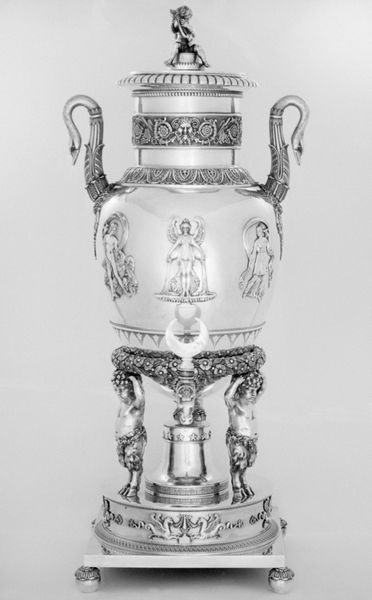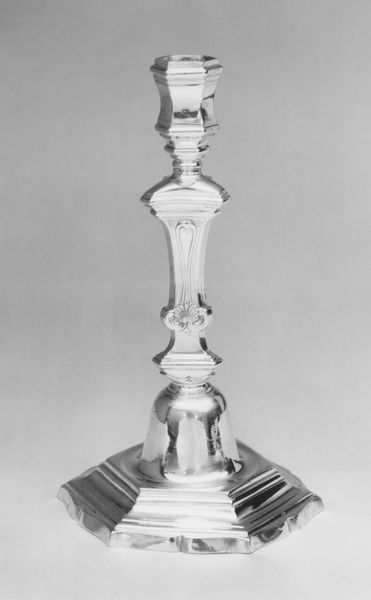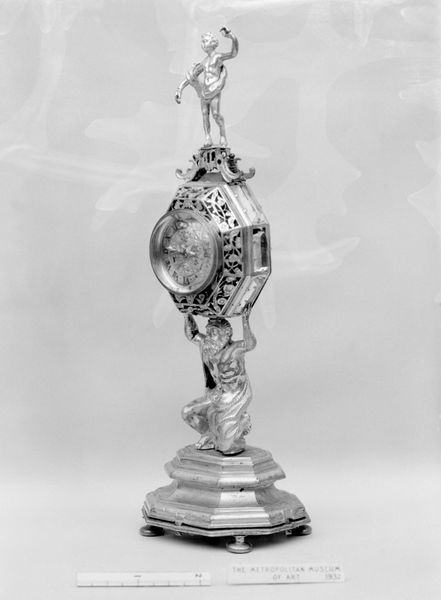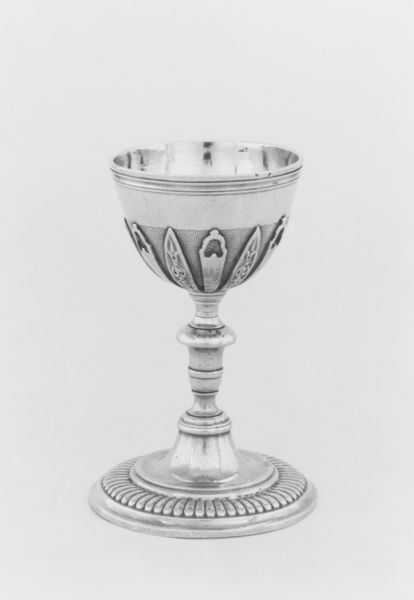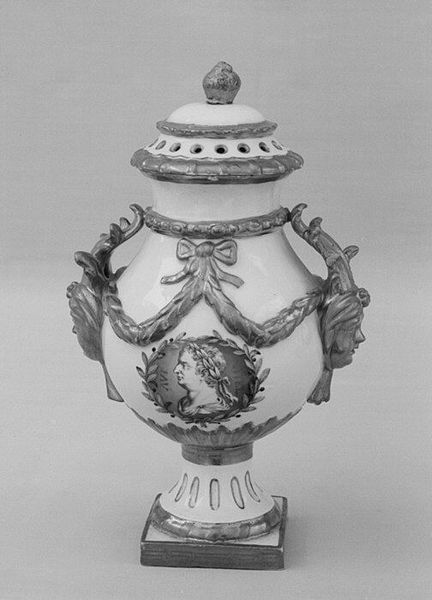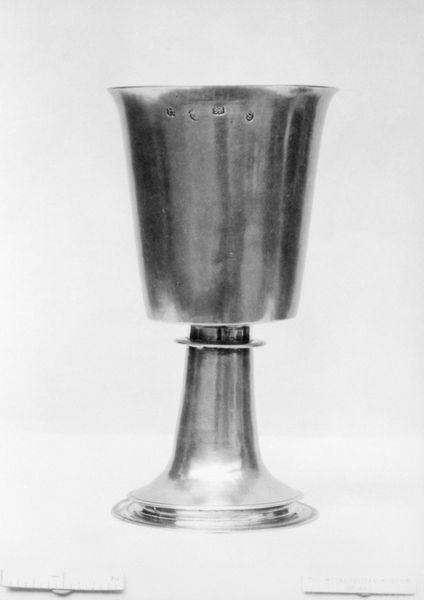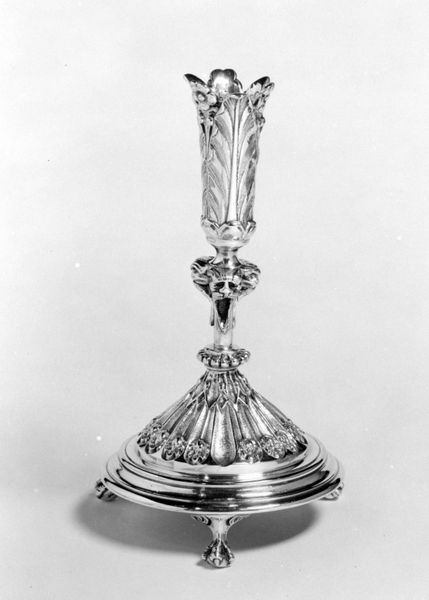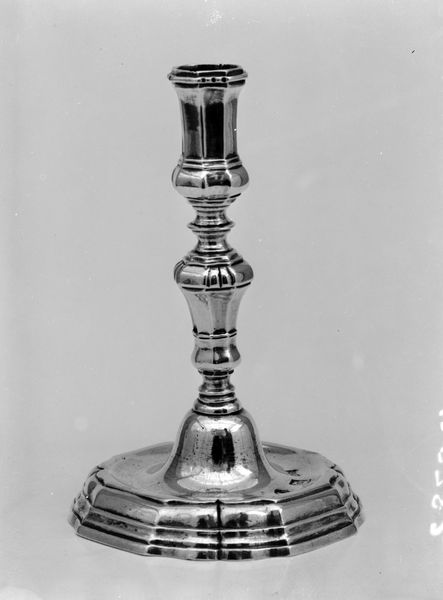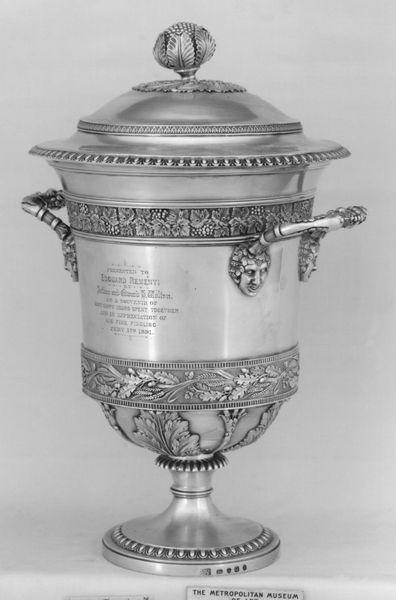
Dimensions: Height (each): 4 3/16 in. (10.6 cm)
Copyright: Public Domain
Editor: This is a pair of piano candlesticks, made of silver by N. Smith and Co. sometime between 1779 and 1789. They have a simple elegance about them. What stands out to you about them? Curator: The very *thingness* of these candlesticks demands attention. Silver isn't merely decorative; it's a material extracted, processed, and shaped by labor. What kind of labor do you think went into creating these objects? Consider the silversmith’s workshop. Editor: I imagine a craftsman, definitely, carefully shaping the silver. I’d never really thought about all that physical effort before. Curator: Exactly. And it wasn't just the silversmith. Think about the mining of the silver itself, likely involving exploited labor. And consider what these candlesticks *mean* in terms of consumption. Piano ownership signaled a certain social standing in the late 18th century. Silver candlesticks for the piano? Even more so. How does that change your perception? Editor: It shifts it from seeing them as purely decorative to recognizing them as indicators of wealth and status. So the material itself, the silver, becomes almost like a social document. Curator: Precisely. The artistry becomes entwined with the socioeconomic structures of the time. These candlesticks become less about "beauty" in the abstract and more about production, consumption, and class. Editor: That's fascinating! I will never see such decorative art the same way again! Curator: Me neither, these ordinary objects illuminate so much once you begin considering them materially and socially.
Comments
No comments
Be the first to comment and join the conversation on the ultimate creative platform.

